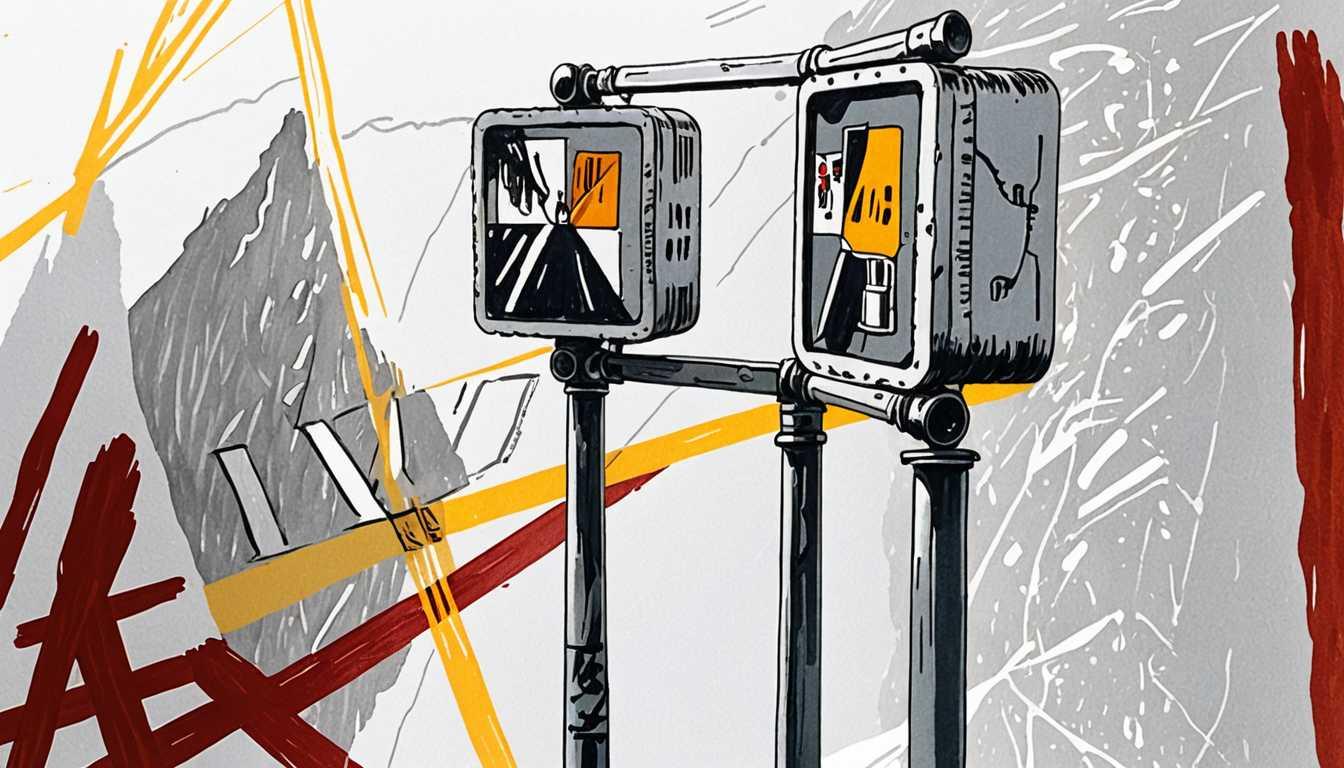AI to the Rescue: Beating Traffic Jams
April 2023
Stanford University
Introduction
Imagine a world where traffic jams are a thing of the past, thanks to the brainy folks at Stanford University and their AI-driven wizardry. They've cooked up a new recipe for setting road tolls that could have us zipping through streets with ease. By cleverly adjusting tolls based on real-time car counts, this method promises to balance the scales between too many cars and not enough road. Dive into the details of this traffic-taming tech and see how it could make your future commutes a breeze.
READ FULL ARTICLEWhy It Matters
Discover how this topic shapes your world and future
Navigating the Future of Traffic Management
Imagine living in a world where traffic jams are a thing of the past, where your commute to school or a friend's house is smooth and swift, every single time. This isn't just a dream; researchers are working on making it a reality using artificial intelligence (AI). By fine-tuning road tolls with AI, we can reduce traffic, cut down on pollution, and even make our cities quieter and more pleasant to live in. This breakthrough could mean less time stuck in traffic and more time for fun, hobbies, or just chilling out. Plus, it's not just about convenience; it's about creating smarter, more sustainable cities for our future. For you, this could mean a cleaner environment, less stress from traffic noise, and more efficient ways to get around as you grow up.
Speak like a Scholar
Artificial intelligence (AI)
A branch of computer science focused on creating systems that can learn, reason, and act for themselves.
Congestion pricing
A strategy to reduce traffic by charging drivers a fee to use busy roads during peak times.
Online learning
A type of AI that makes decisions based on new data it receives, learning and adapting over time.
Algorithm
A set of rules or instructions given to an AI or computer to help it make decisions or solve problems.
Equity
Ensuring fairness and justice within the procedures, processes, and distribution of resources by institutions or systems.
Sensing technologies
Tools and devices used to detect or measure physical properties. In traffic management, these can include cameras and sensors that count cars or monitor speed.
Independent Research Ideas
Exploring the environmental impact of reduced traffic congestion
Investigate how decreasing traffic through AI-driven tolls could lower air pollution and contribute to a healthier environment. This topic merges environmental science with technology, offering a fresh perspective on fighting urban pollution.
The psychology behind toll pricing and driver behavior
Delve into how different toll pricing strategies influence drivers' choices and emotions. This combines psychology with economics, providing insights into human behavior in response to financial incentives.
AI ethics in traffic management
Examine the ethical considerations of using AI to control toll pricing, including privacy concerns and the potential for bias. This topic sits at the intersection of technology, ethics, and social justice.
The future of urban planning with AI
Explore how AI-driven tools like congestion pricing could transform urban planning and infrastructure development. This research could blend elements of urban studies, technology, and sustainability.
Equity and accessibility in AI-driven traffic management
Investigate how AI-driven tolls can be designed to ensure fairness and accessibility for all socio-economic groups. This topic combines social sciences with technology, focusing on creating inclusive and equitable systems.
Related Articles

Dance Meets AI: The Future
April 2023
Stanford University

AI Safety: Lessons from Nuclear
June 2023
MIT Technology Review

Winning the AI Skills Race
October 2023
London School of Economics (LSE)

Beyond Captchas: Proving Humanity
October 2023
MIT Technology Review

AI Cinema: A Gender Gap Reel
February 2023
University of Cambridge